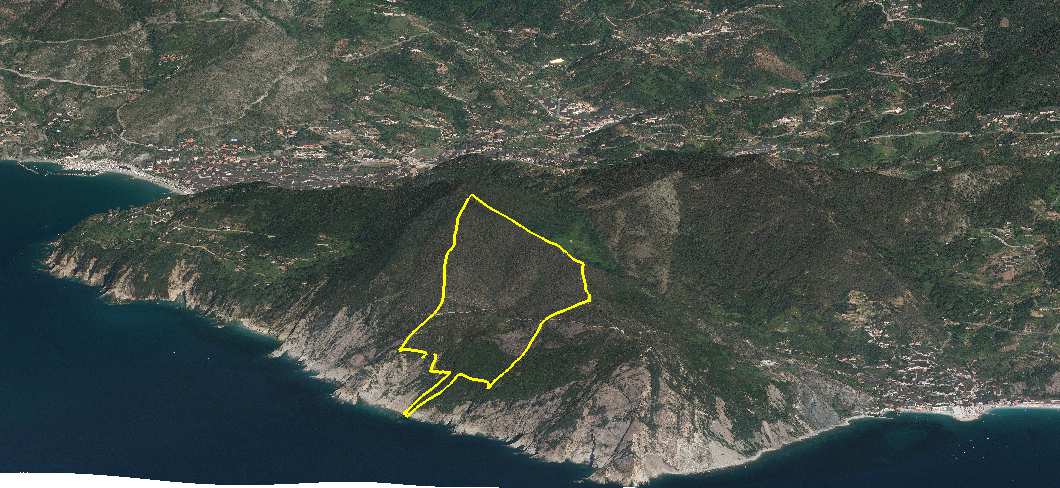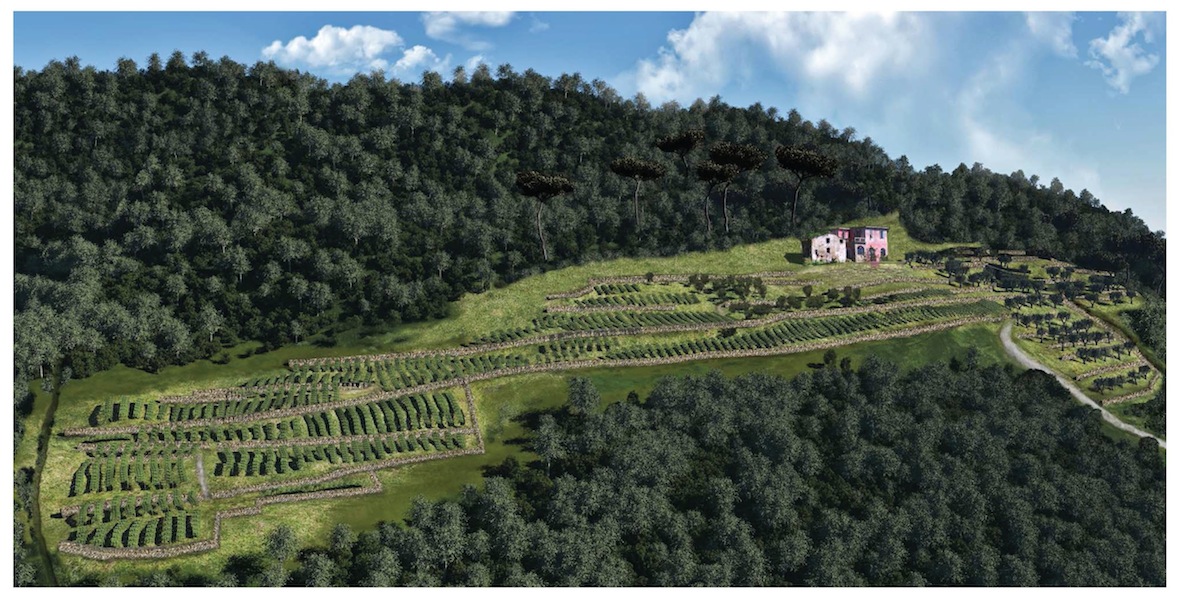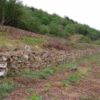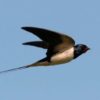Punta Mesco is a promontory that separates the bay of Levanto from the bay of Monterosso, in the Cinque Terre, and is one of the most distinctive and fascinating landscapes of Liguria.
In this area lies “Case Lovara”, a property given in 2009 to FAI (Italian Trust for Environment) and identified as a test site for a landscape restoration project inside a Site of Community Importance. The area also falls within the Cinque Terre Nationl Park. The FAI has already launched a first intervention on the area, the first step towards the realization of the refugee for the needs of the hikers, and thanks to two important agreements with the Laboratory for Landscape and Cultural Heritage (CultLab), University of Florence, and with the Department of Architectural Sciences – DSA, University of Genoa, intends to preserve the rural historic landscape, resume traditional cultivation techniques, restore the terraces and the buildings.
The property extends for about 45 hectares and comprises three buildings, with some dry stone terraces, once cultivated with vines and olive trees, and now mostly abandoned and covered by shrubs. The rest of the area is covered by Mediterranean maquis with some maritime pine trees, often affected by pathogens. The restoration project consists of a large and complex program for the rehabilitation of natural areas, the recovery of abandoned agricultural areas and the restoration of the buildings, according to a sustainable and innovative model of management.
In this context, the CultLab has carried out the project for the restoration of the cultivations, in particular of the vineyard and the olive gorve and the restoration of the dry stone terraces. The first step of the project has been the multi-temporal analysis of the whole district of Punta Mesco, to highlight the characteristics of identity and the transformations that have involved the rural landscape in the last 60 years. Also the state of conservation of the terraces and the hydrogeological characteristics of the FAI property have been taken into account and deeply analyzed. Regarding the terracing, since there is the need to use small tractor for the farming operations, the creation of small passages between a terrace and the other has been designed, without modifying the original layout of the terraces, which except for some localized collapses, will not be rebuilt, but only restored. The vineyard will be planted using the traditional pergola technique. In addition to the vineyard and to the olive grove there is a small vegetable garden and some fruit trees near the houses.
The project has also planned interventions on the paths inside the property, with the restoration of the existing ones and the opening of new new paths. For the forest, is scheduled to open some spaces along the paths and the planting of umbrella pines, instead of maritime pines, often dead or because of the recent attack of Matsococcus.

The borders of the FAI property (in yellow) on the Punta Mesco 3D terrain model realized with GIS software. Behind the promontory on the left there is the town of Levanto, and on the right the town of Monterosso.

Above a photo before the restoration, with the Case Lovara buildings at the center of the property, the olive grove on the terraces at the right of the houses and the terraces once used for vineyards on the left and below the houses; beneath, the rendering of the final project, with the restoration of the terraces with olive trees and vines, some fruit trees near the houses and the umbrella pines in place of the dead maritime pines.




